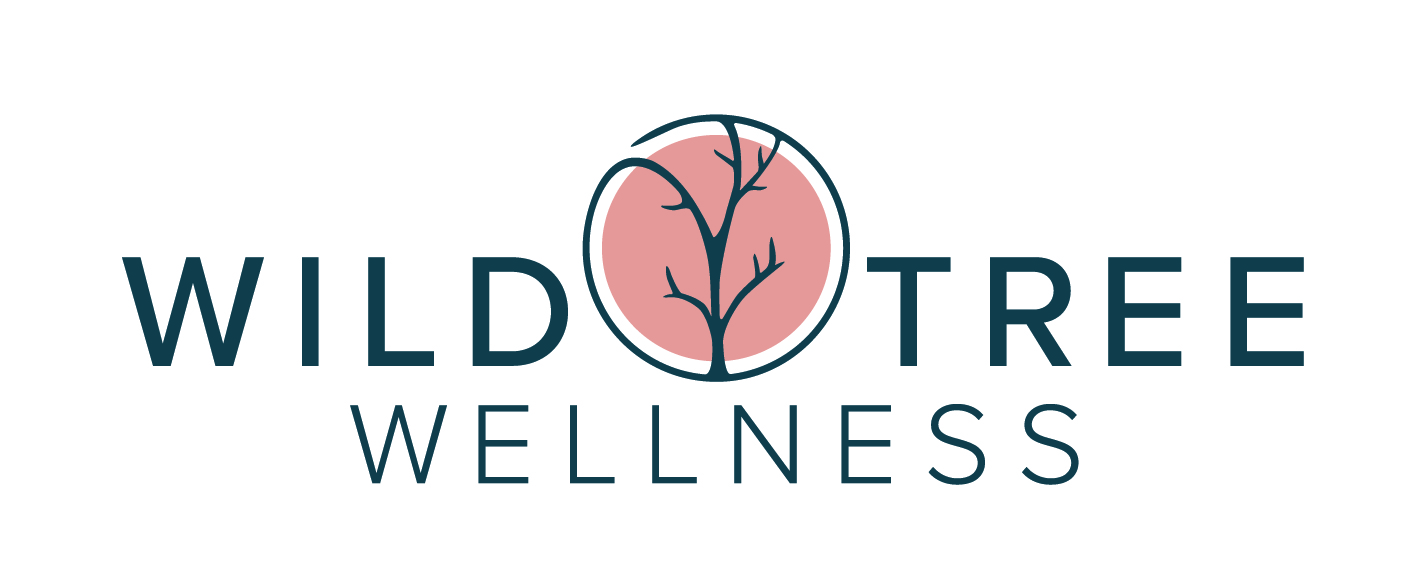Validation
Validation is vital to healthy relationships with others and even with our relationships with ourselves! For being such an important skill, many of us don’t grow up learning how to validate.
What is validation?
Validation is the process of trying to understand and accept the emotional experience of others. In order to engage in emotional validation we first need to believe that emotions are important. They are vital pieces of data. Emotions are real. Emotions can be valid without making them true, or factually accurate. They don’t even need to make sense to us in order for them to be valid. Validation is saying “this emotional experience is understandable.”
What isn’t validation?
Validating someone’s emotions does not mean that you agree with them. It is not the same as co-signing someone else’s emotional experience or behavior. In order to validate someone’s emotions you don’t have to like it, understand it, support it, or even think it’s true. You don’t have to agree with someone’s emotions in order to validate them. Validation isn’t about being passive or denying your own reality. It’s about saying “Hey, it makes sense you feel this way.”
People’s emotional experiences matter, even if you don’t agree with them.
Validation isn’t just something we do for other people and their emotions, in fact I would argue that it is a vital, foundational part of creating our own emotional health. Acknowledging that our own emotions are important, make sense, and even just exist, is the cornerstone of self-acceptance and understanding. Most of the things I ask clients to do in therapy begin with at least a baseline acceptance that our own emotions exist and are important.
So let’s pretend you’re talking to your partner, friend, family member, or child. Here are some of my favorite things to say to communicate validation:
“It makes sense you feel that way.”
“That must have been so hard.”
“I can see how hard you’re working.”
“I would feel the same way if that happened to me.”
“No wonder you’re upset.”
“I can see how hard you’re working.”
When I am coaching people on communication I usually suggest starting with validation first. We can get to problem-solving later. First, validate. That goes for communication within ourselves too. First, validate. “I’m feeling upset and that makes perfect sense considering what I’ve been through.” So next time you are in this type of situation, try validation first and see what you notice! You might be surprised by the way your interactions with others (and yourself) change when there is a baseline of validation. Happy validating!
Blog by Sara Pogue, MSW, LICSW
Photo by Juan Pablo Serrano Arenas via Pexels
